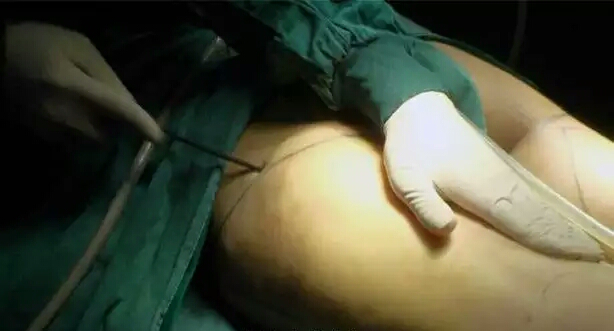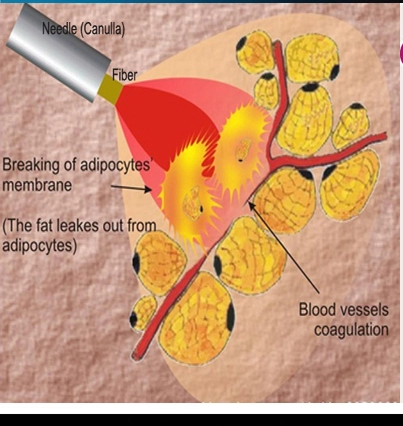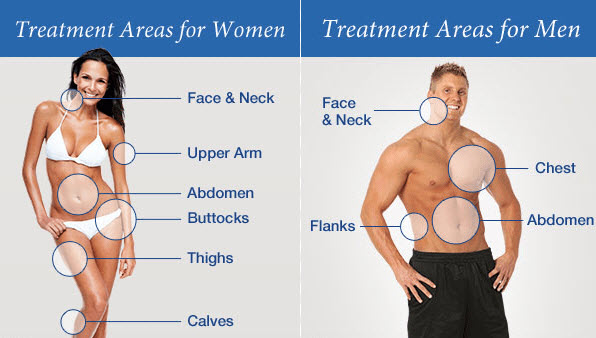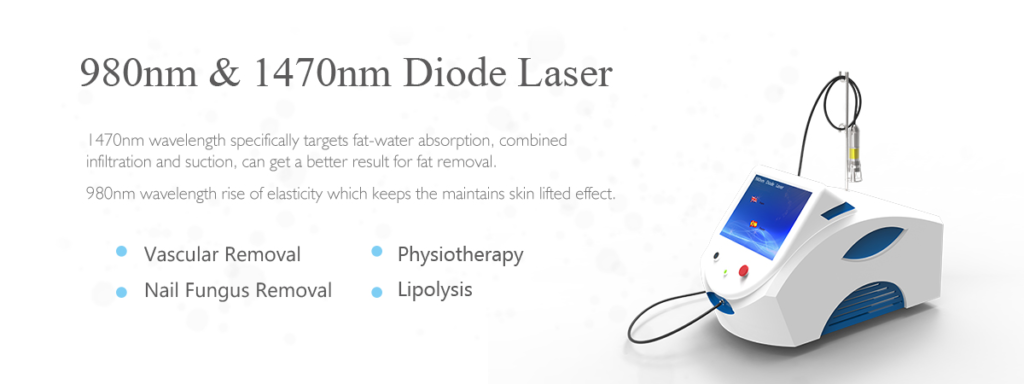04月24 Laser Lipolysis (Body Sculpting Laser Liposuction)

What is Laser Lipolysis?
Laser Lipolysis is a minimally invasive way to reduce fat, while promoting skin tightening in treated areas. The 980nm diode laser assisted liposuction procedure is designed for patients who want finessed body sculpting in areas where it is difficult to lose fat, such as the love handles, saddle bags, abdomen, thighs, arms, chin and hips. This technology is particularly good for treatment of excess fat in the chin and neck region.

How does laser Lipolysis work?
A tiny incision is made in the skin, and a laser is introduced through a small tube called a cannula. The laser delivers energy to targeted fat cells. At the same time the fat is melting away, the heat from laser promotes skin tightening in surrounding areas. Unlike traditional liposuction, with 980nm Laser Lipolysis, there is no need for general anesthesia, and bruising, swelling and downtime are minimized.
What areas can be treated with laser Lipolysis?
Laser Lipolysis is ideal for small pockets of fat that are resistant to diet and exercise, as well as for areas that are difficult to treat with traditional liposuction. Common treatment areas include the thighs, upper abdomen, belly, arms, chin, hips and more.

Can laser Lipolysis be done in combination with other procedures?
Yes! Laser Lipolysis not only melts fat, facilitating its extraction, but also tightens the skin. This helps in providing the patient with a slim, tighter and smoother profile. Laser Lipolysis can be done alone, or in combination with other slimming machine like 3D Lipo Laser for more targeted results .
How it compares to other fat removal procedures?
Benefits
- There’s little risk of infection to the treated area.
- The risk of scarring is minimal.
- The recovery period is shorter than with some other procedures. You can usually resume your normal activities about a week afterward.
Possible side effects and risks
You’ll likely experience minor bruising and discomfort for several days after the procedure.
If the laser site isn’t properly cared for after the procedure, you may be at risk for infection and scarring. In severe cases, blood clots can occur. You should see your doctor if you’re experiencing any unusual swelling, pain, or discharge.
This is a relatively new procedure, so very little is known about the potential for long-term risks.





No Comments